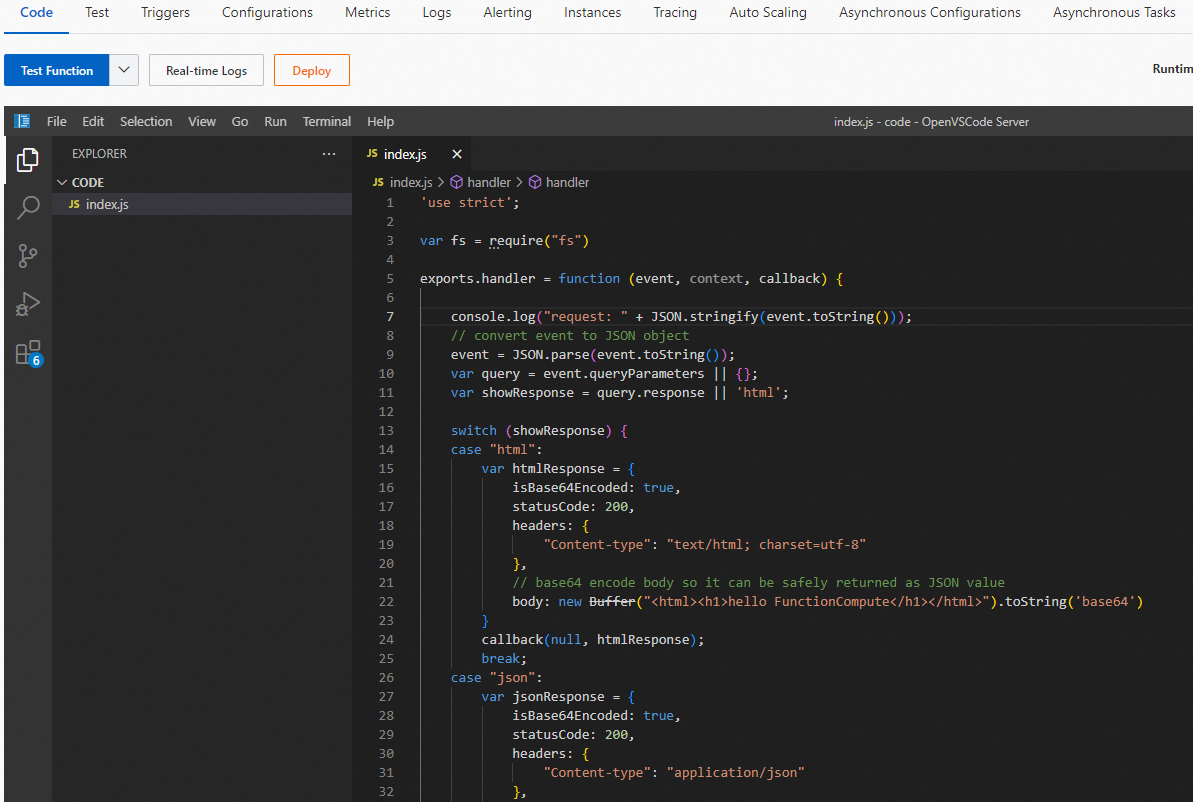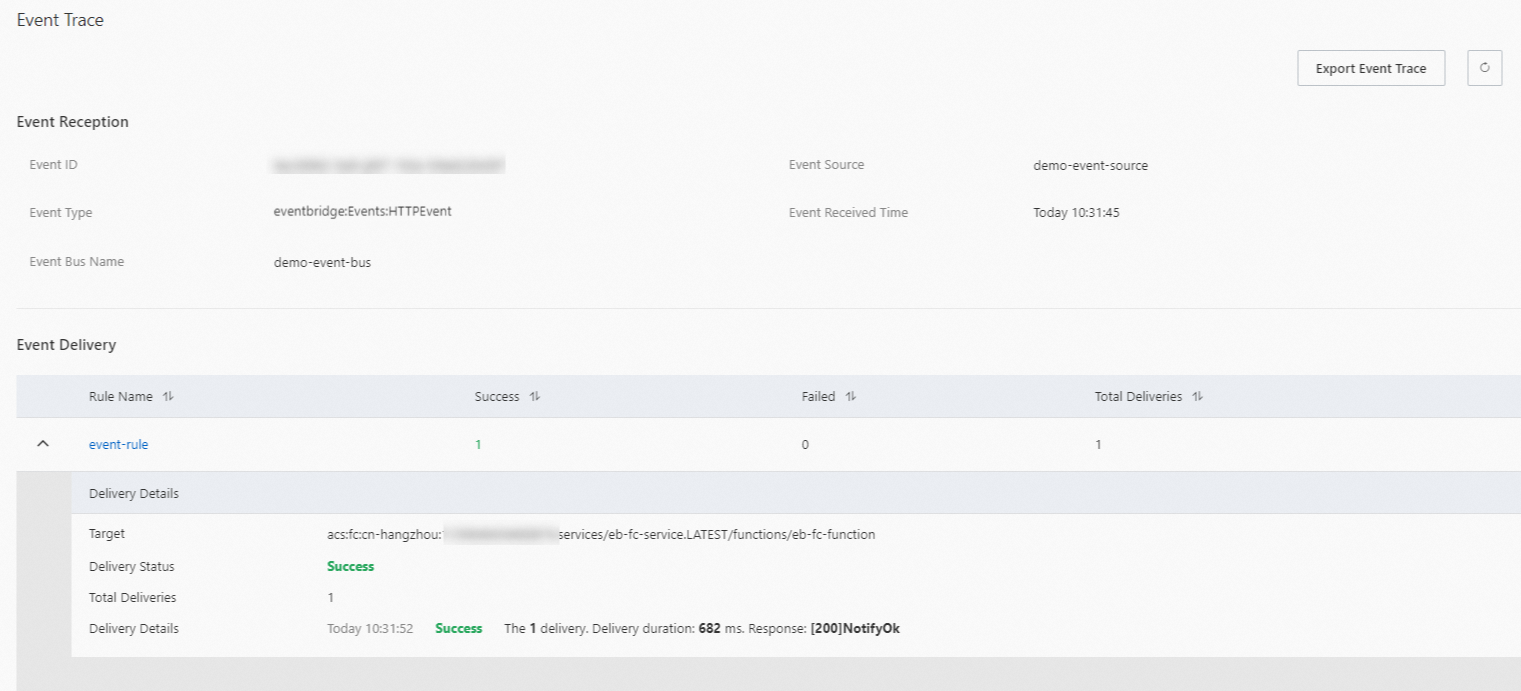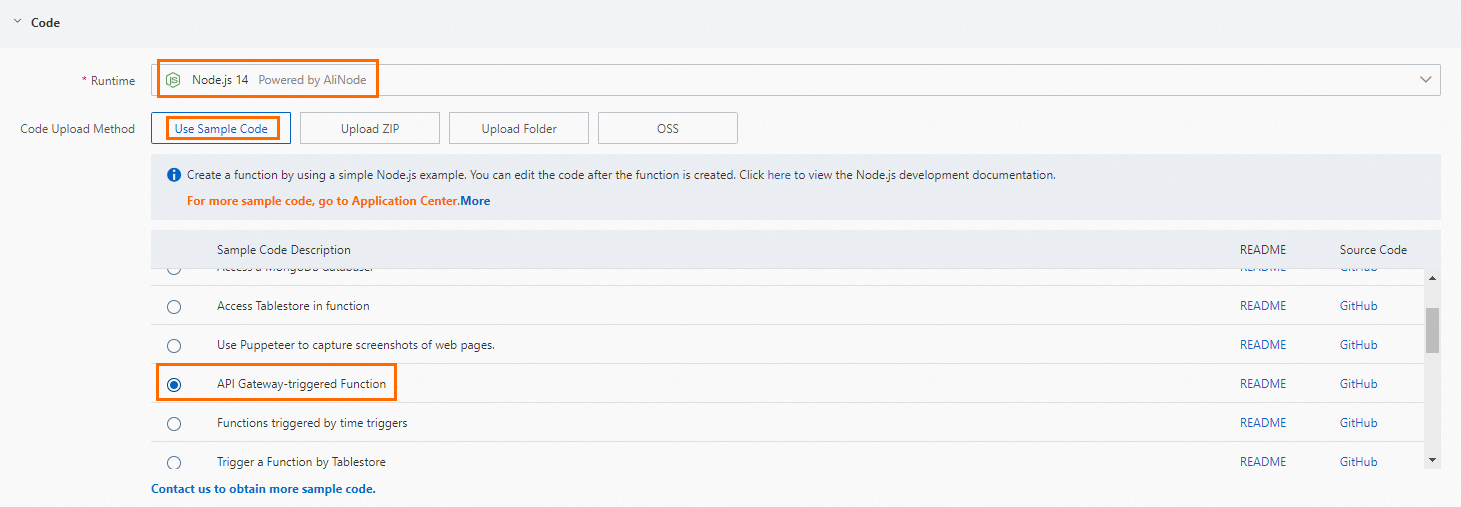The EventBridge supports integrated DingTalk connectors. You can build various employee management systems based on the input parameters of business interfaces. This topic describes how to enter a DingTalk new employee entry record into a custom HTTP API operation without a code.
Flowchart
The solution used in this article involves products such as DingTalk, DingTalk connectors,EventBridge, and Function Compute. The process is shown in the following figure:

Prerequisites
You have completed the following operations:
- Sign up for a DingTalk account and create a DingTalk team as an administrator. For more information, see Create an organization.
- Connect to a Container Service for Kubernetes (ACK) cluster by using kubectl. For more information, see Activate EventBridge and grant permissions to a RAM user.
- Activate Alibaba Cloud Function Compute.
Step 1: Create a custom event bus
- Log on to the EventBridge console. In the top navigation bar, select the region where your instance is located.
- In the left-side navigation pane, click Event Buses. In the Custom Event Buses section, click Quickly Create.
- Complete the Create Custom Event Bus wizard.
Step 2: Create a DingTalk connection flow
- Log on to the DingTalk Open Platform. In the top navigation bar, choose .
- In the left-side navigation pane, choose .
- On the My Connection Flows page, select Business Flow from the Create drop-down list.
Step 3: Use the Function Compute to call the HTTP API
- Log on to the Function Compute console. In the left-side navigation pane, click Services & Functions.
- In the top navigation bar, select a region. On the Services page, click Create Service.
- In the Create Service panel, enter a service name and description, configure the following parameters, and then click OK.
Parameter Description Logging Specify whether to enable the logging feature. Valid values: - Enable: Function Compute sends function execution logs to Log Service for persistent storage. You can debug code, troubleshoot issues, and analyze data based on the logs.
- Disable: You cannot use Log Service to store or query function execution logs.
Advanced Options Tracing Analysis Specify whether to enable Tracing Analysis. Valid values: - Enable: enables Tracing Analysis. You can use Jaeger to upload trace information. This allows you to view the traces of functions. You can also analyze and diagnose performance bottlenecks within serverless architectures. For more information, see Overview.
- Disable: disables Tracing Analysis.
Server Role Select a role for the service. The functions that belong to the service inherit this role. For more information, see Grant Function Compute permissions to access other Alibaba Cloud services. Access to VPC Specify whether to allow functions to access virtual private cloud (VPC) resources. For more information, see Configure network settings. VPC This parameter is required if you set Access to VPC to Yes. Create a VPC or select the ID of an existing VPC that you want to access from the drop-down list. vSwitch This parameter is required if you set Access to VPC to Yes. Create a vSwitch or select the ID of an existing vSwitch from the drop-down list. Security Group This parameter is required if you set Access to VPC to Yes. Create a security group or select an existing security group from the drop-down list. Access to Internet Specify whether to allow functions in the service to access the Internet. If you set this parameter to No, functions in the service cannot access the Internet by using the default network interface controller (NIC) in Function Compute. Important If you want to use a static public IP address to access the Internet, you must set Access to Internet to No. Otherwise, the configured static public IP address does not take effect. For more information, see Configure static public IP addresses. - On the Services page, click the name of the service that you want to manage and click Create Function.
- On the Create Function page, select a method to create a function, configure the following parameters, and then click Create. After the function is created, you can view the details on the Function Details page.

Step 4: Create an event rule
- Log on to the EventBridge console and find the custom event bus created in the Step 1: Create a custom event bus.
- Click the name of the custom event bus. In the left-side navigation pane, click Event Rules.
- On the Event Rules page, click Create Rule. In the Create Rule step, configure the following parameters.
Step 5: Add an employee event to automatically trigger an HTTP API
- Invite members to join your DingTalk team. For more information, see Add an organization member.
- On the details page of the custom event bus that you created in the Step 1: Create a custom event bus, click Event Tracking, set the query time range, and then click Query.
- Click Event Tracking in the Actions column to check whether the new employee event is delivered.

Verify the result
Log on to the Function Compute console. On the details page of the function created in the Step 3: Use the Function Compute to call the HTTP API, click the Function Logs tab to view the logs. 


